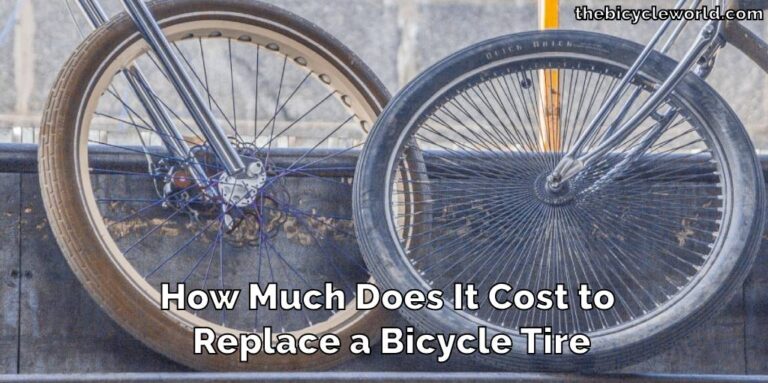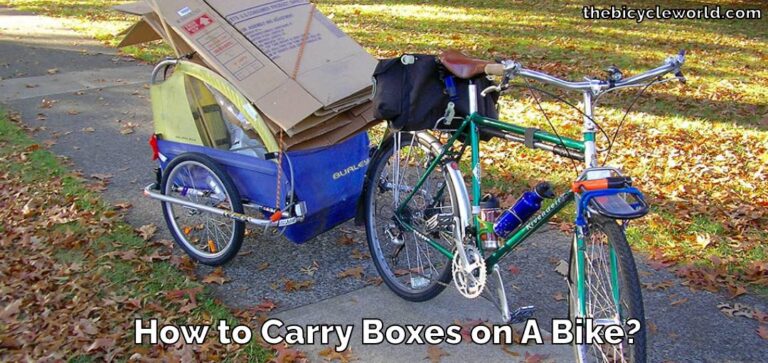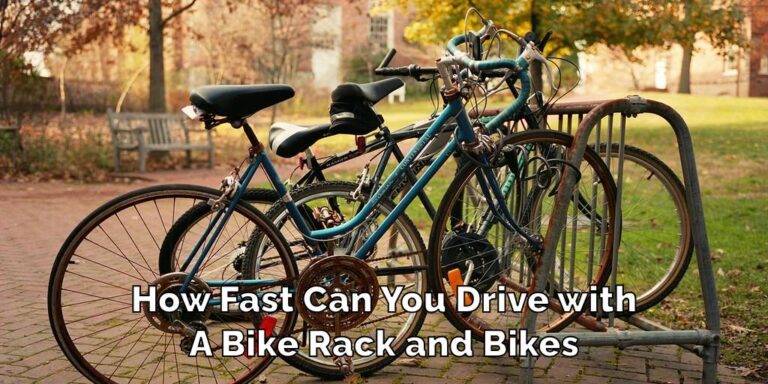How Much Does a Bike Fitting Cost
Introduction
Cycling enthusiasts often ask, ‘How much does a bike fitting cost?’ It’s an important question for those keen on improving their cycling experience. Bike fitting is more than just making a few adjustments; it’s a crucial investment in comfort and performance on the bike.
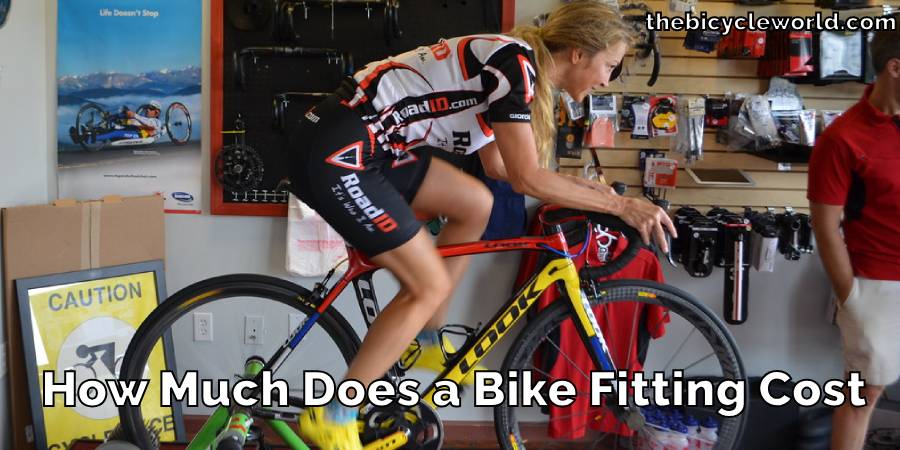
This process involves fine-tuning your bicycle to match your body’s measurements and riding style, ensuring you ride more efficiently and comfortably. Understanding the cost of bike fitting is essential as it varies based on several factors, including the expertise of the fitter and the level of detail required.
This introduction explores the significance of bike fitting and prepares to unravel the aspects that influence its cost, making it an essential read for anyone considering a bike fitting.
The Basics of Bike Fitting
Bike fitting is a detailed process designed to adjust the bicycle to fit the rider’s body perfectly. It includes fine-tuning the seat height, handlebar position, and the placement of the pedals.
These adjustments are key to ensuring a comfortable ride, improving pedaling efficiency, and avoiding injuries. The goal is to achieve a seamless interaction between the cyclist and their bike, making every ride smoother and more enjoyable.
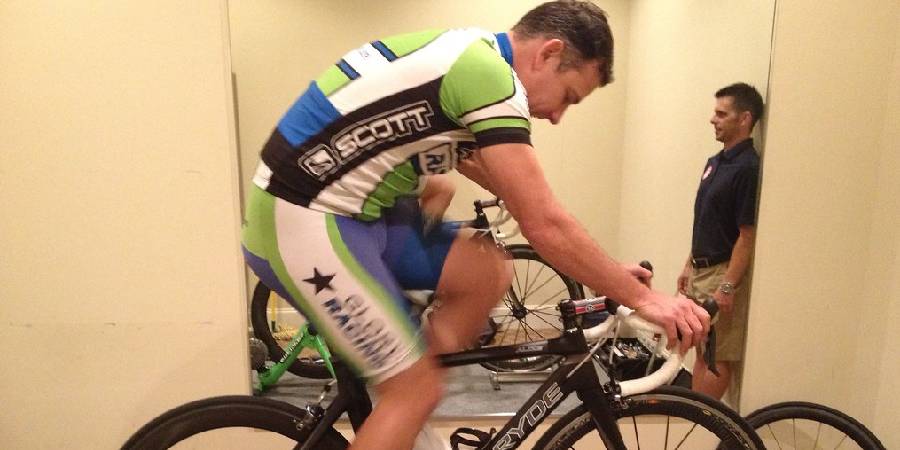
This process also considers individual riding styles and physical attributes, ensuring that each adjustment is personalized for the best possible cycling experience. A well-fitted bike can transform an ordinary ride into a more effective and enjoyable journey.
Factors Influencing Bike Fitting Cost
Fitter’s Expertise and Experience
The more skilled and experienced the fitter, the higher the cost may be. Experienced fitters bring valuable insights into the fitting process, which can greatly enhance your riding experience.
Complexity of Adjustments Needed
Simple adjustments (like seat height) might be less expensive.
More complex changes (involving handlebar positioning, pedal alignment, etc.) require more time and expertise, leading to higher costs.
Tools and Technology Used
Basic tools for fitting may keep the cost lower.
Advanced technologies (like motion capture systems) provide detailed analyses but can increase the overall cost of the fitting.
Location and Market Demand
The cost can vary depending on your geographical location.
Areas with a higher demand for bike fittings (typically in regions with more cyclists) might have higher fitting prices.
By breaking down the factors into these steps, it becomes easier to understand how various elements contribute to the overall cost of a bike fitting. This step-by-step approach is designed to be clear and straightforward, avoiding complex jargon.
How Much Does a Bike Fitting Cost
When you’re looking to enhance your cycling experience, one key step is considering a bike fitting. This service aligns your bike precisely with your body’s measurements and riding style. Understanding the cost involved in a bike fitting is important, as it can vary quite a bit based on the services you require.
Starting Prices for Basic Adjustments
For simple bike fitting services, which include basic adjustments like setting the correct seat height and handlebar position, prices typically start at around $50. These adjustments are straightforward and don’t require advanced technology or tools.
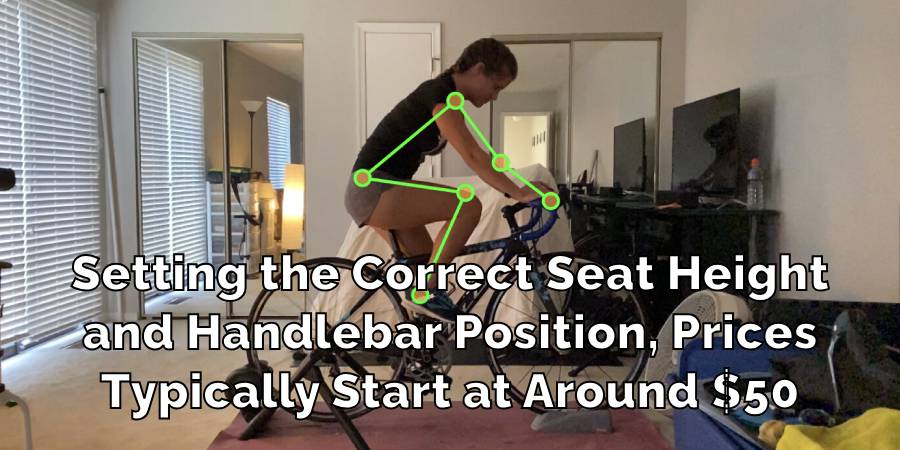
Mid-Range Fittings
Mid-range fittings, usually priced between $100 and $200, offer a more comprehensive assessment. These fittings might include a more in-depth analysis of your riding style, and posture, and specific adjustments to improve comfort and performance.
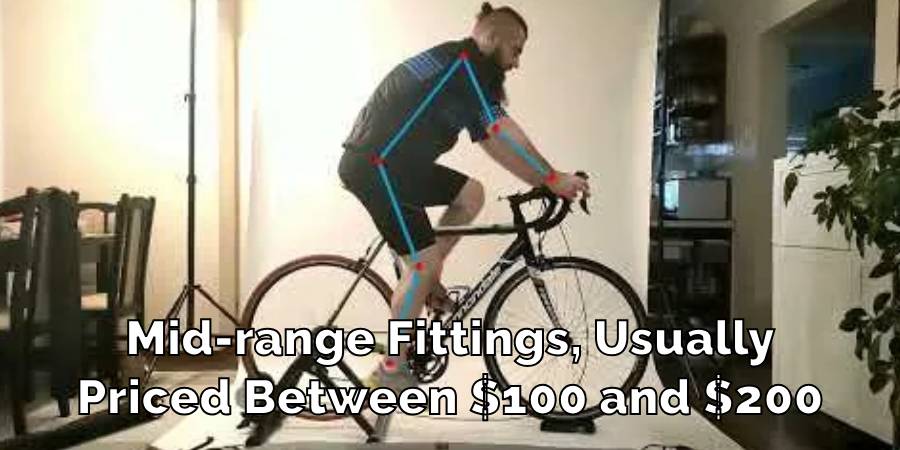
This price range often strikes a balance between thoroughness and affordability, making it a popular choice for many riders.
High-End Fittings with Advanced Technology
For those seeking top-tier services, bike fittings can exceed $300. These high-end fittings often utilize sophisticated technology like motion capture systems to analyze your pedaling technique and body alignment in great detail.
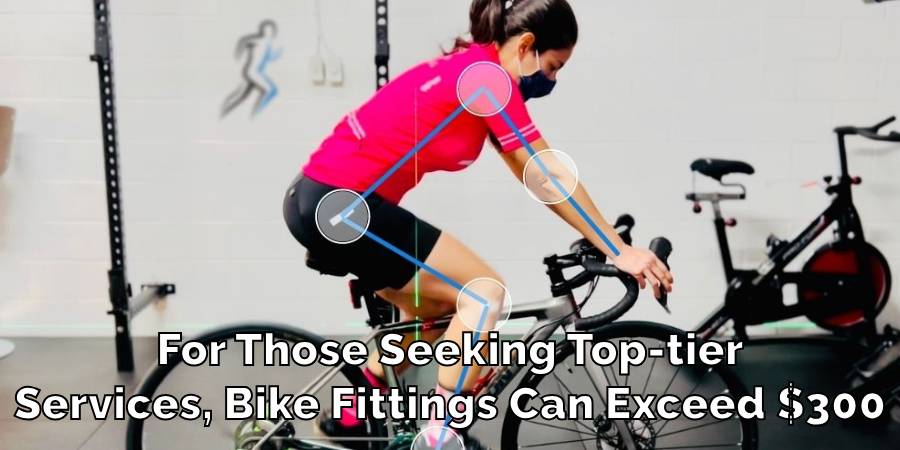
Such advanced fittings are usually sought by professional or highly dedicated cyclists who require the utmost precision for optimal performance.
Additional Services and Follow-up Adjustments
It’s important to understand what’s included in the fitting fee. Some fitters offer follow-up adjustments within the initial price, allowing for fine-tuning after you’ve had some time to ride with the new settings.
Others may charge extra for additional services or follow-up sessions. Clarifying these details beforehand can help you manage your budget effectively.
Considering Your Needs and Budget
When deciding on the type of bike fitting to go for, consider your specific needs and how much you’re willing to spend. Casual riders might find basic fittings sufficient, while competitive cyclists might benefit from more comprehensive services.
Remember, the right fitting can make a significant difference in your comfort, performance, and overall cycling experience.
Average Cost of Bike Fitting
Typically, cyclists should anticipate spending about $150 for a comprehensive bike fitting session. This cost is a reflection of the fitter’s expertise and the thoroughness of the fitting procedure.
This average price tends to cover a detailed evaluation of your riding posture, bike adjustments for optimal comfort and efficiency, and sometimes even follow-up sessions for fine-tuning. The investment ensures that your bike is customized to your body’s unique specifications, helping to enhance your riding experience and reduce the risk of discomfort or injury.
DIY Bike Fitting: Pros and Cons
Opting for a DIY bike fitting can seem appealing, mainly due to the potential for saving money. It involves making your adjustments to the bike based on general guidelines you might find in books or online. The main advantage here is certainly the cost-effectiveness.
However, there are significant drawbacks. Without professional guidance, it’s easy to make incorrect adjustments, which can lead to discomfort, reduced efficiency in riding, and even the risk of injuries.
For basic changes like adjusting the seat height or handlebar angle, a DIY approach might be sufficient. But for more complex aspects of bike fitting, such as aligning the pedals to your natural pedaling motion or adjusting the bike to alleviate specific pain points, the precision and expertise of a professional fitter are invaluable.
They use specialized tools and their understanding of biomechanics to tailor the bike to your individual needs, something challenging to replicate on your own.
FAQ’s
Are Bike Fittings Worth It?
Yes, investing in a bike fitting is highly beneficial. A well-fitted bike drastically improves your comfort while riding, making long distances more manageable and enjoyable.
Additionally, it optimizes your riding position for better efficiency, meaning you use less energy for the same speed and distance. This can lead to better performance and enjoyment. Moreover, a correct fit helps prevent common cycling-related injuries by ensuring your body is aligned properly with the bike.
Why is a Bike Fit So Expensive?
The price of a bike fit reflects several important factors. First, the fitter’s expertise is crucial experienced fitters have a deep understanding of biomechanics and cycling dynamics.
Secondly, advanced technology like 3D motion capture or pressure mapping systems are often used to gain precise insights into your riding style, which adds to the cost.
Lastly, the process is time-consuming – a proper fit requires careful observation and adjustments, ensuring every aspect of the bike is perfect for you.
Does a Bike Fit Make You Faster?
A bike fit can indirectly contribute to improved speed. By optimizing your position on the bike, a good fit ensures that you are using your energy most efficiently.
This means less fatigue and more power in your pedaling. Additionally, a comfortable position reduces the likelihood of developing pain or discomfort during a ride, enabling you to maintain a better pace for longer periods.
Is a Cheap Bike OK?
A budget-friendly bike is absolutely fine, especially for casual or beginner riders. The key is to ensure that the bike is the right size and properly fitted to you.
Even on a less expensive bike, a professional fitting can make a significant difference in your riding experience, improving comfort and efficiency. It’s not always about how much the bike costs, but how well it fits you.
How Long Does a Bike Fit Take?
The duration of a bike fitting session varies, typically ranging from 1 to 3 hours. The time taken depends on several factors, including the complexity of your needs and the level of detail provided by the fitter.
Basic fittings might be quicker, while more comprehensive sessions, involving detailed analysis and multiple adjustments, can take longer. Some fitters also offer follow-up sessions to refine adjustments after you’ve had some time to ride.
Conclusion
The cost of a bike fitting is crucial for cyclists aiming to improve their riding experience. While prices vary, investing in a professional bike fitting can significantly enhance comfort and performance. This article has explored How much does a bike fitting cost.
Remember, the best fitting is one that addresses your specific needs and aligns with your cycling goals. The benefits of a well-fitted bike extend beyond mere cost, translating into a more enjoyable and efficient riding experience.



